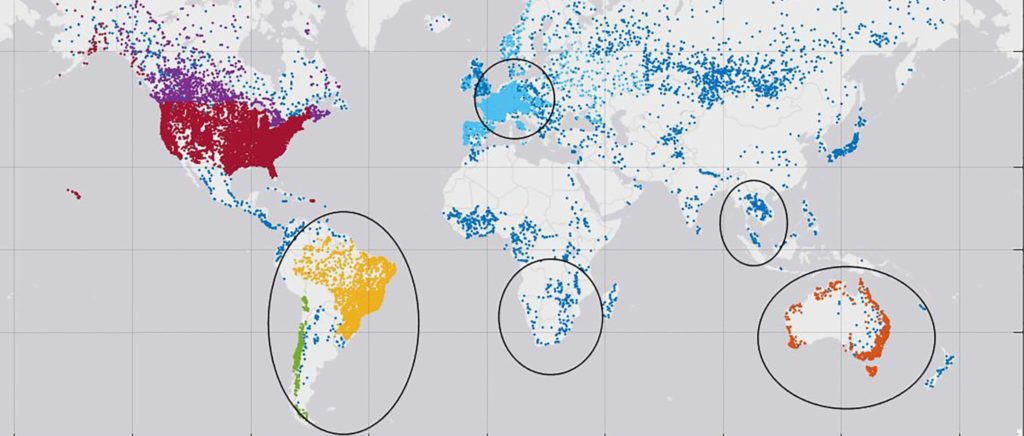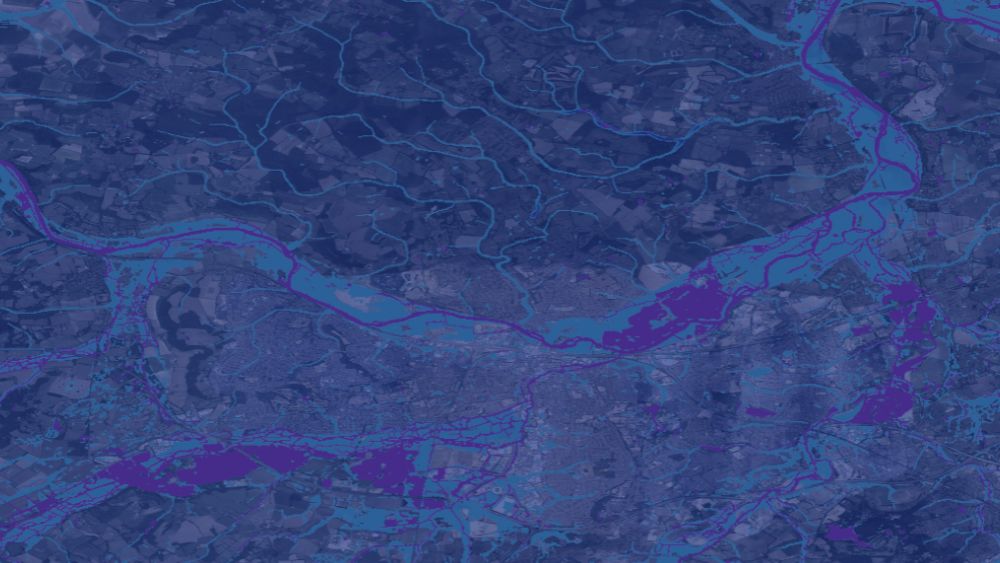An investigation into the effectiveness of using synthetic gauge data from global hydrological models as input data for global stochastic modeling
How do you build catastrophe models for flooding in regions where there are no gauges?
Research from Olcese et al, investigates the possible future development of global stochastic flood modeling; specifically focusing on how synthetic river discharge from global hydrological models can be used in large-scale stochastic flood modeling, instead of measured river gauge data in data-scarce regions.
The paper, led by Gaia Olcese, compares a traditional stochastic flood modeling approach, that uses measured discharge, against a new approach that uses hydrological model data to analyze how a model-based approach can simulate spatial dependency in large-scale flood modeling.
Its results find that even if the absolute discharges produced by the hydrological models can be very different from the recorded values, the errors in the overall site-to-site correlation between neighboring gauges are relatively low. These results vary from region to region, but they are very promising: previous research proved that this magnitude of errors is associated with an accurate representation in terms of loss distribution at a large scale, comparable to those obtained with the gauge-based method.
Ultimately meaning that the synthetic gauge data produced by global hydrological models could be used as input data for spatially dependent global stochastic models, capable of generating event sets in ungauged and data-scarce regions of the world.






